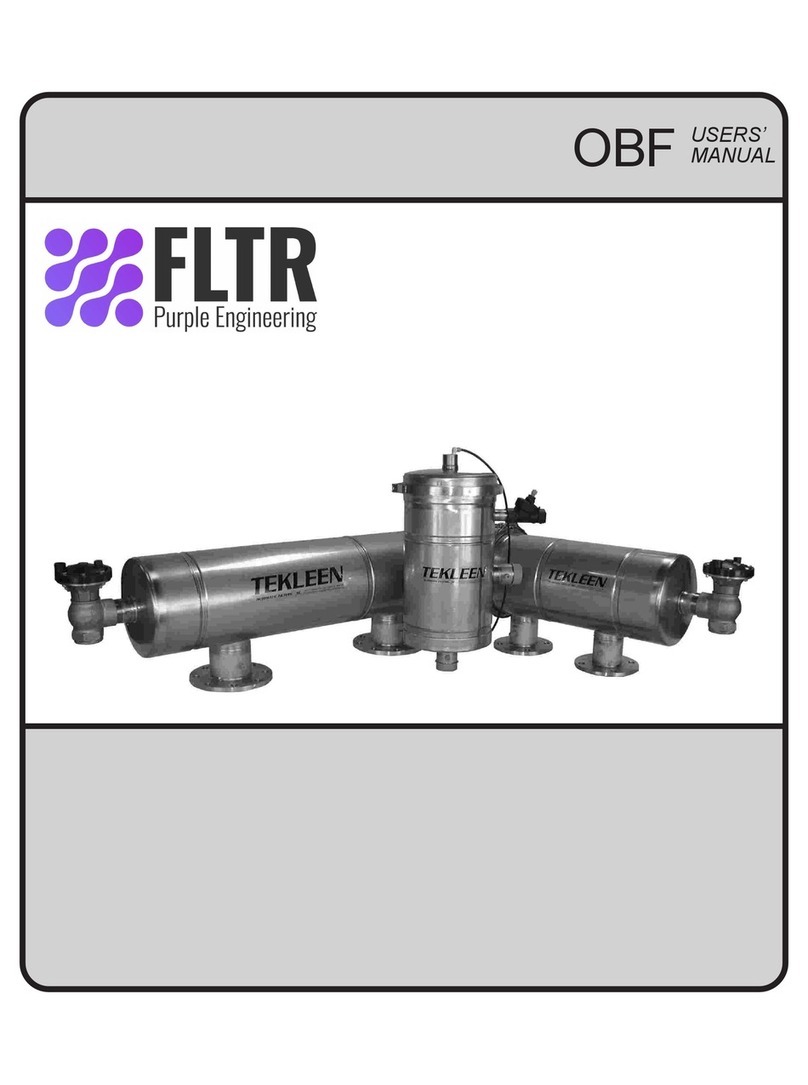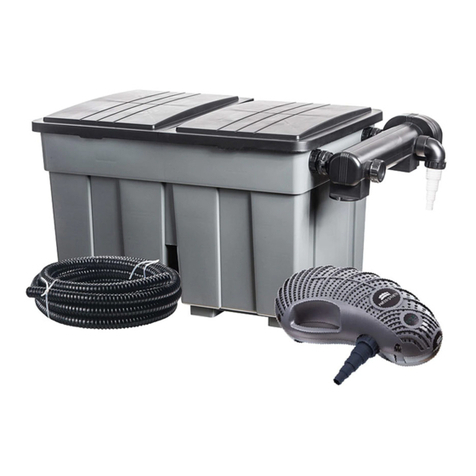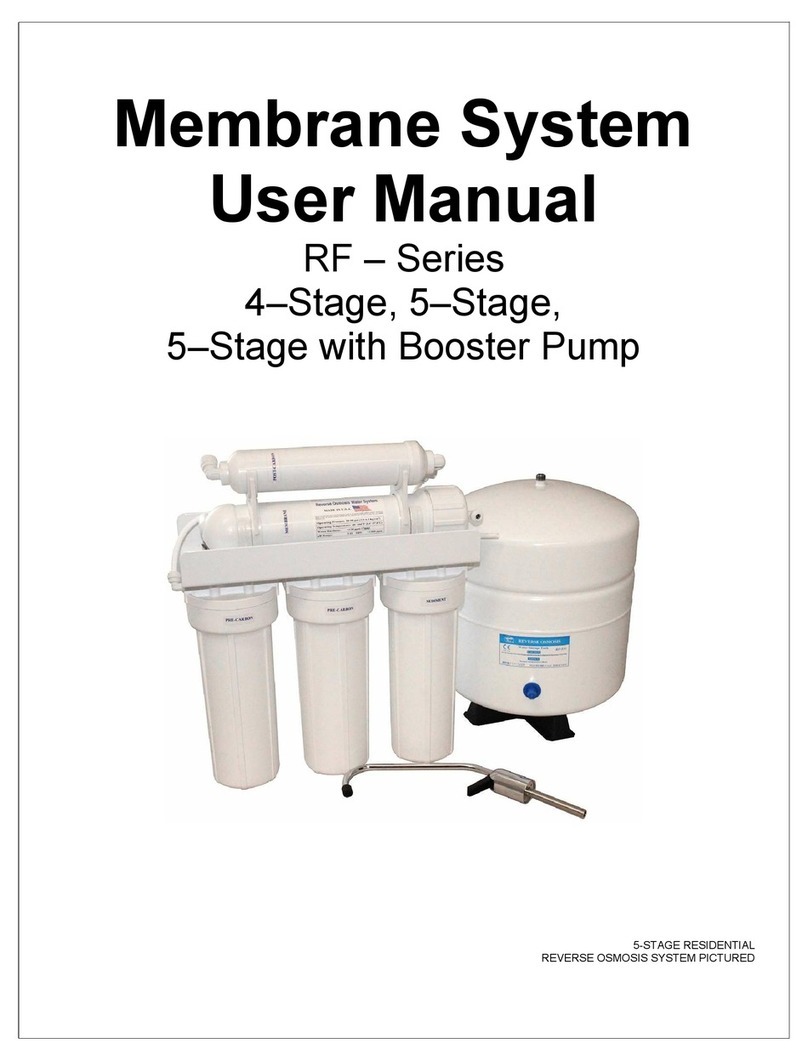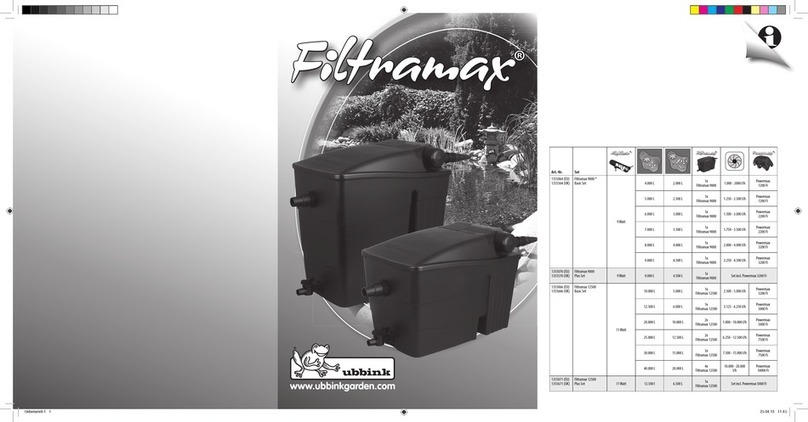
3|Page
TABLE OF CONTENTS
Safety Consideraons......................................................................................................... 4
Before You Begin ................................................................................................................ 4
Water Quality Parameters .................................................................................................. 5
Assembly ............................................................................................................................ 6
System Sizing ...................................................................................................................... 8
Locaon.............................................................................................................................. 8
Installaon ......................................................................................................................... 9
System Disinfecon .......................................................................................................... 12
Cleaning the Quartz Sleeve .............................................................................................. 12
Cleaning the UV Sensor .................................................................................................... 13
Operaon ......................................................................................................................... 14
Controller............................................................................................................... 14
Power-up Sequence ............................................................................................... 14
Operaonal Screens............................................................................................... 15
Operaonal Screens with UV Monitor Upgrade .................................................... 16
UV Intensity (with UV Monitor Upgrade) .............................................................. 16
Lamp Countdown Sequence.................................................................................. 17
Lamp Countdown Reset Sequence ........................................................................ 17
Failure Modes ........................................................................................................ 18
QR Codes .......................................................................................................................... 18
Expansion Modules .......................................................................................................... 19
Atlas UV Standard Output System Specicaons............................................................. 20
Atlas UV High Output System Specicaons .................................................................... 21
Limited Warranty Statement: ........................................................................................... 22
Warranty Registraon ...................................................................................................... 23



























